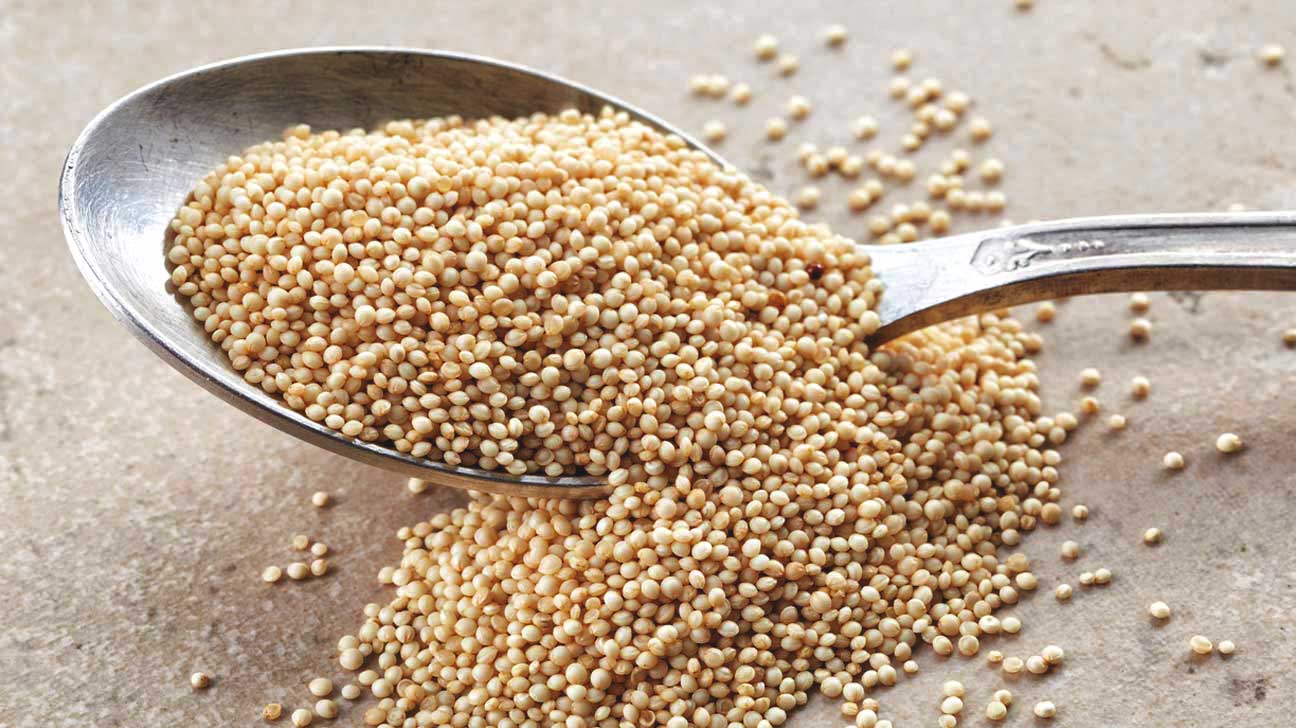Grains are an enormous part of our diet. In fact, grains wont to be the inspiration of the USDA organic phenomenon before it had been replaced by the MyPlate system.
For many, the range of grains doesn’t extend past cereals, oats, rice, and flour. But there are numerous other forms of grains, a number of which predate our modern grains – and they are full of nutrients and sophisticated flavors. From baking to cooking, here are 10 ancient grains you ought to try in your kitchen.
Amaranth
This naturally gluten-free grain has been cultivated for around 8,000 years. Once the staple food of the Incas, Mayans, and Aztecs, amaranth is rich in proteins that other grains lack, all nine essential amino acids, fiber, antioxidants, and other micronutrients.
It’s earthy and nutty in flavor, and though it is often enjoyed as a sort of cereal, it also can be ground right down to make a flour that works well in pancakes and bread.
Buffet Catering Company Hemel Hempstead
Spelt
Spelt, an ancient sort of wheat, works incredibly well for baking anything from breads and muffins, to cookies and other desserts. It adds a touch of sweet nuttiness to anything it’s added to, is a superb source of fiber, has more protein than conventional wheat, and it’s more water-soluble, meaning it’s easier to digest.
When it involves experimenting with ancient grains, try baking with spelled first because it can fully replace all-purpose flour in most recipes.
Einkorn
Einkorn is that the oldest wheat known, with scientists believing that it had been cultivated up to 10,000 years ago. because it is nutrient-rich and filled with flavor, it’s the right replacement for whole flour, especially when it involves rustic, whole grain bread.
Note that if you’re baking bread with einkorn, it’ll begin a bright yellow color due to the carotenoids found within the grain. Some believe it’s these carotenoids that give einkorn its anti-inflammatory properties.
Khorasan
Khorasan sometimes called Kamut or maybe Kamut Khorasan, is an ancient grain that comes from Mesopotamia and ancient Egypt. Its firm texture paired with its earthy, nutty taste, makes it an excellent grain for baking. However, it’s not a full substitution for all-purpose flour, like spelt.
Experienced bakers recommend using only 25% – 50% of kamut khorasan, counting on the recipe.
Millet
If you’re on a diet , millet is a superb replacement grain in baking. It adds a sweet corn flavor and texture to whatever it’s baked in. and since millet maybe a seed, it are often ground into a flour or prepared sort of a whole grain. When cooked sort of a whole grain, it comes out fluffy and not as chewy as other grains like farro or quinoa.
Emmer
Emmer, along side einkorn and spelt, are sorts of farro, but if you’ve eaten farro at a restaurant, it had been presumably emmer. It are often cooked sort of a whole grain, or ground into a flour for baking. Whether you’re cooking with emmer or baking with it, it’s one among those grains that’s great with savory flavors like onions, garlic and other aromatic spices.
Sorghum
Like many ancient grains, sorghum are often used for baking or cooking, but unlike many of those grains, sorghum are often became a syrup. Sorghum syrup is usually confused with molasses, but they differ in origin, taste, texture and processing techniques. Sorghum syrup is additionally thinner and features a slightly more sour taste than molasses, which makes it more appropriate for salad dressings and sauces.
Rye
Thanks to rye and bread, rye may be a little more common than a number of the opposite ancient grains on this list. Over 7,000 years old, rye maybe a grass that’s a part of the wheat family. It’s mostly wont to make flour, but it also can be utilized in brewing beer and distilling spirits like whiskey and even vodka.

